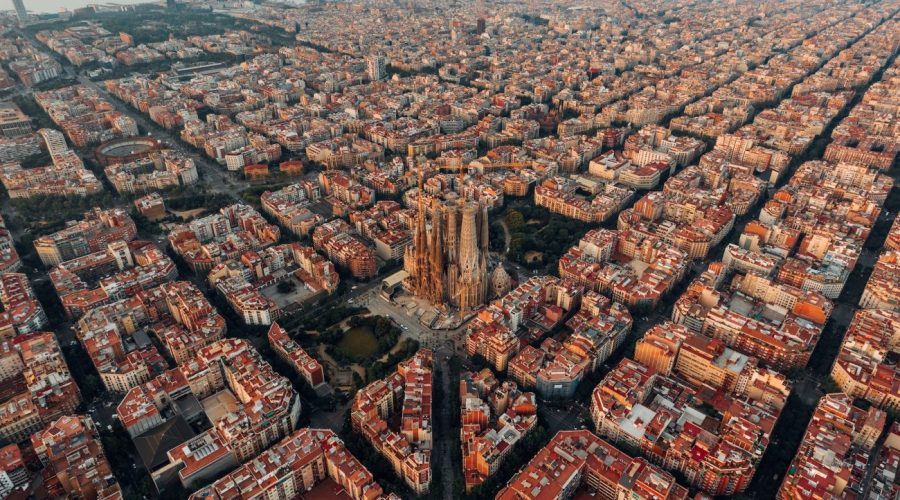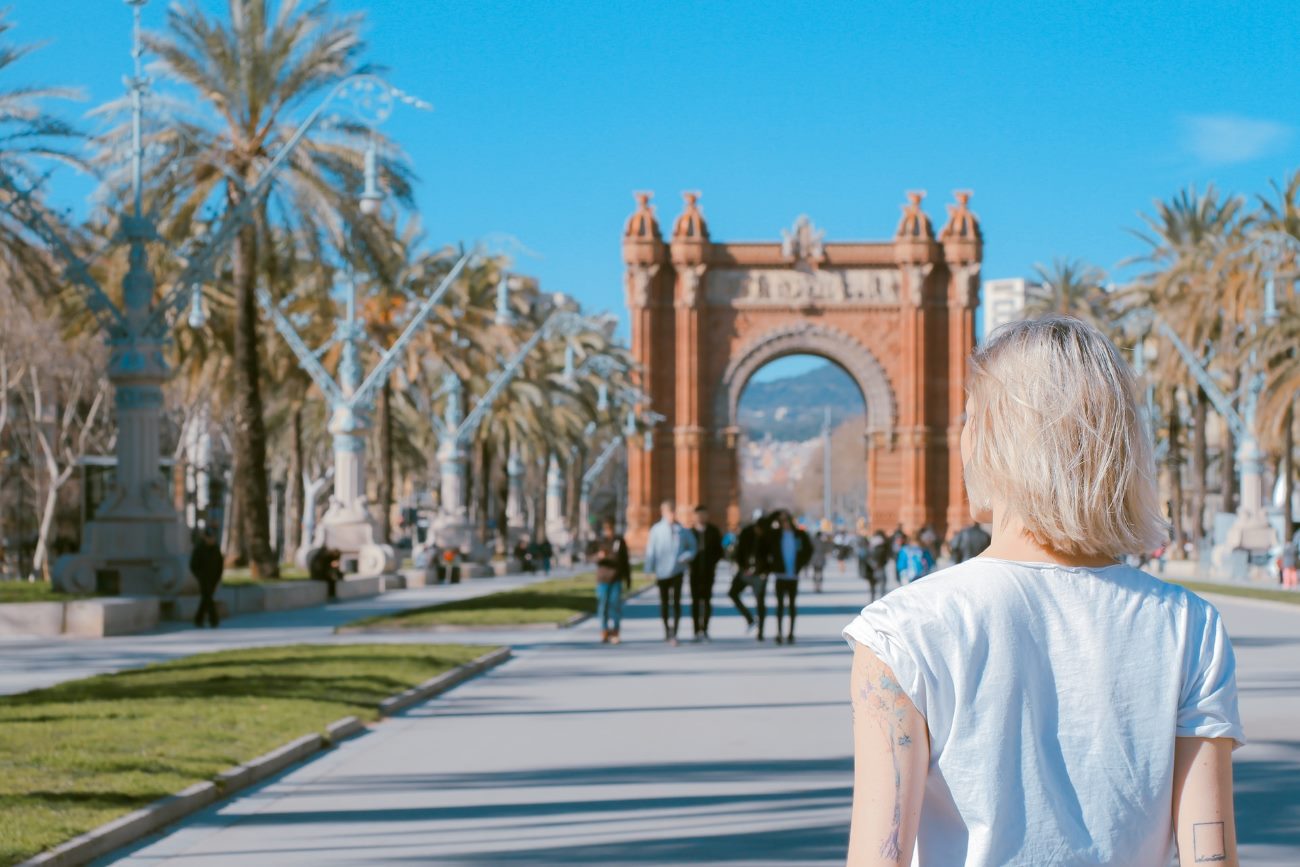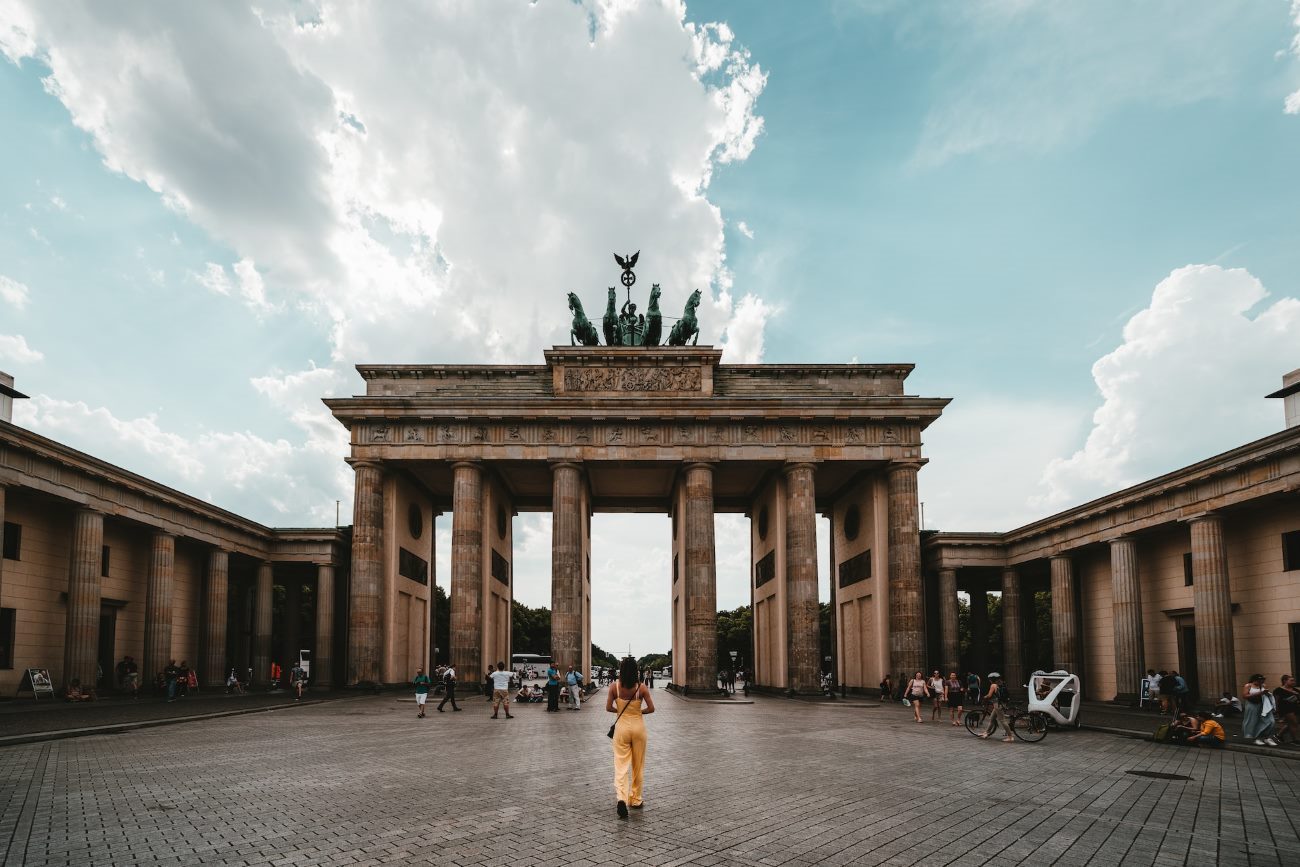The Ultimate Guide to Exploring Paris with the Metro
Many individuals consider Paris as their ultimate destination because it represents love and romance. Millions of tourists each year visit this special city because of its beautiful architecture and superior museums which combine with fantastic food options.
Using the Paris Metro represents the best strategy to discover and travel through the multiple attractions across the city. Users can reach every significant tourist spot in the city through the Metro system while benefiting from cost-effective travel along with its productivity. This guide introduces an exhaustive Paris Metro description together with a list of famous attractions reachable through the Metro system.
Understanding the Paris Metro System
The Paris Metro features a big systems of below ground trains which serve to link neighborhoods and main attractions across the city. The system features 16 individual lines which correspond to variety of colors and numbers. The Paris Metro consists of different operational areas divided into the central zone and five surrounding ones.
Carrying a Metro map is fundamental while operating within the Metro network. New travelers can easily understand the Paris Metro system because the map shows all stations alongside their connections with each other. You have two options to obtain a Metro map for Paris: digitally through online printing services or by purchasing hard copies from any Metro station.
Top Tourist Attractions and the Metro Lines to Take
London has several prime tourist areas accessible through various Metro lines making them easily reachable for visitors.
1. The Eiffel Tower (Metro Line 6)
The Eiffel Tower reaches worldwide fame through its connection with Metro Line 6. You can access this site through the Metro system by using Bir-Hakeim station. The landmark stands a short distance away from this station. Complete your visit by going to the top of the structure to see outstanding views over Paris.
2. Louvre Museum (Metro Line 1)
Guests can access the Mona Lisa in the Louvre Museum through using Metro Line 1. Strolling from the Palais Royal-Musée du Louvre station leads you right to the door of one of the biggest museums on the planet which welcomes millions of visitors yearly.
3. Notre-Dame Cathedral (Metro Line 4)
Visitors seeking to experience Notre-Dame Cathedral can use Metro Line 4 before exiting at the Cité station. The Cathedral stands on the lovely Île de la Cité which occupies the central position within Paris. You should dedicate sufficient time to investigate the elaborate details of this remarkable Gothic structure.
4. Champs-Élysées (Metro Line 1 and 9)
The Champs-Élysées shopping district with its legendary landmarks can be reached through either Metro Line 1 at George V station or Metro Line 9 at Franklin D. Roosevelt station. Walk calmly along the well-known street while rounding out your experience at the Arc de Triomphe at its western point.
5. Montmartre and Sacré-Cœur Basilica (Metro Line 12)
For a bohemian Montmartre experience with a stop at Sacré-Cœur Basilica passengers should ride Metro Line 12 until they reach Lamarck-Caulaincourt. Walk the tight passageways between buildings to experience the artistic character while witnessing spectacular Paris city views.
Tips for Using the Paris Metro
The following advice will optimize your time using the Paris Metro system:
- Buy a Paris Visite travel card to obtain unrestricted transportation through Metro lines and RER trains and buses throughout designated zones.
- Use alternate hours outside the busy period between 8:00 am to 10:00 am and 5:00 pm to 7:00 pm when taking the Metro to avoid heavy congestion.
- Guard your possessions carefully because pickpockets operate aggressively in both busy Metro stations and crowded trains.
- Follow the escalation etiquette by using the right side for standing while everybody else walks past on the left side.
- Follow announcements while paying attention to train directions since multiple lines might split into separate routes.
- You can obtain directions to the right Metro line by either consulting Metro staff members or employing one of various mobile apps which guide users through Metro navigation.
Your Paris Metro connection will provide you flexibility to uncover every desirable attraction throughout the city. Take a Metro map together with your schedule to begin your sensational experience throughout this city of excellence.
Table of Contents



